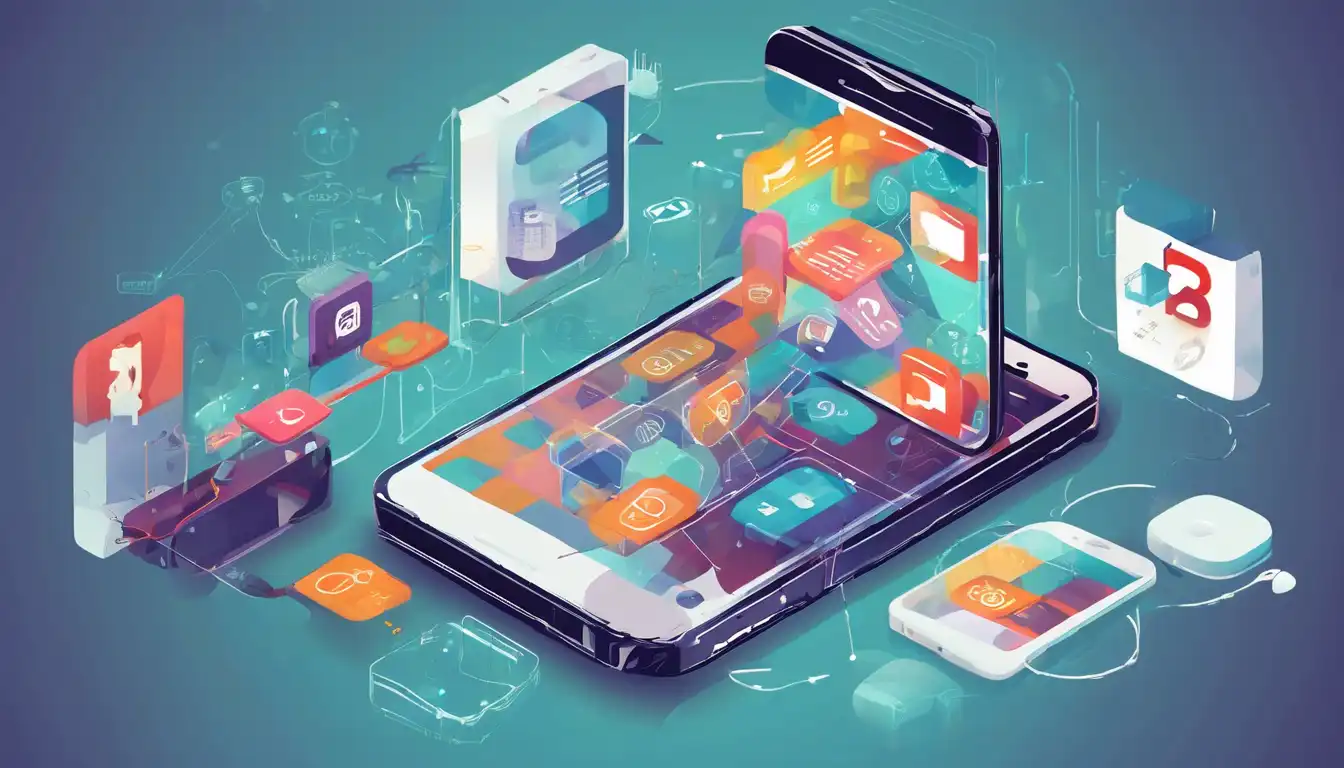Introduction to Mobile Development Trends
As we navigate through the year, the mobile development landscape continues to evolve at a rapid pace. Staying ahead of the latest trends is crucial for developers, businesses, and tech enthusiasts alike. This article delves into the most significant mobile development trends to watch this year, offering insights into how they can shape the future of mobile applications.
1. Cross-Platform Development Gains Momentum
One of the most notable trends in mobile development is the increasing popularity of cross-platform frameworks. Tools like Flutter and React Native enable developers to write code once and deploy it across multiple platforms, significantly reducing development time and costs. This approach not only streamlines the development process but also ensures a consistent user experience across all devices.
2. The Rise of 5G Technology
The rollout of 5G networks is set to revolutionize mobile app development. With faster speeds and lower latency, 5G opens up new possibilities for immersive technologies such as augmented reality (AR) and virtual reality (VR). Developers are now exploring ways to leverage 5G to create more sophisticated and interactive mobile applications.
3. AI and Machine Learning Integration
Artificial intelligence (AI) and machine learning (ML) are becoming increasingly integrated into mobile apps. From personalized recommendations to advanced image recognition, AI and ML are enhancing user experiences in unprecedented ways. This trend is expected to grow, with more apps incorporating intelligent features to stand out in a crowded market.
4. Focus on App Security
With the growing concern over data privacy and security, mobile developers are placing a greater emphasis on building secure apps. Techniques such as end-to-end encryption and biometric authentication are becoming standard practices. As cyber threats evolve, so too will the strategies to combat them, making security a perennial trend in mobile development.
5. The Expansion of IoT and Mobile Integration
The Internet of Things (IoT) continues to expand, and its integration with mobile devices is creating new opportunities for developers. From smart home devices to wearable technology, the ability to control and monitor IoT devices through mobile apps is enhancing convenience and functionality for users worldwide.
Conclusion
The mobile development industry is in a constant state of flux, with new technologies and methodologies emerging regularly. By keeping an eye on these trends, developers and businesses can stay ahead of the curve, creating innovative and user-friendly apps that meet the demands of today's tech-savvy consumers. Whether it's through cross-platform development, leveraging 5G, or integrating AI, the opportunities for innovation in mobile development are boundless.
